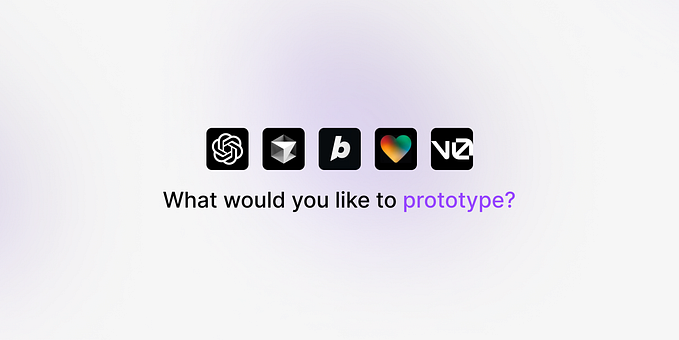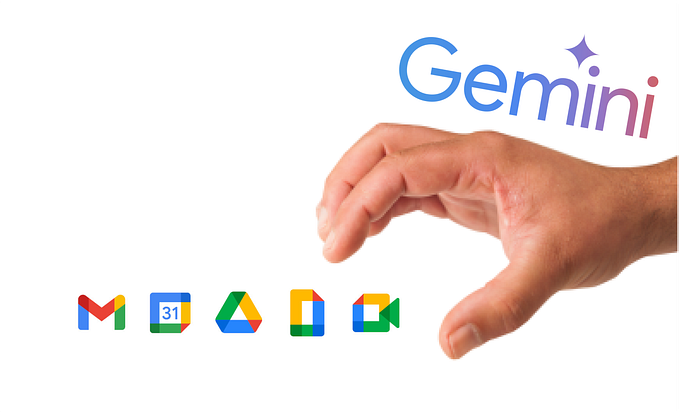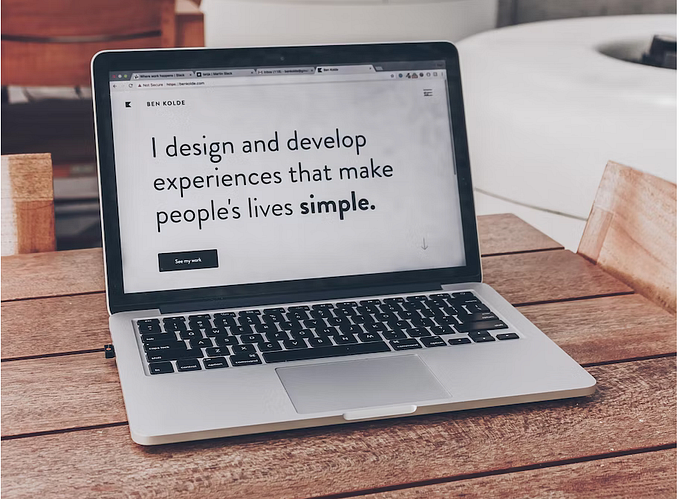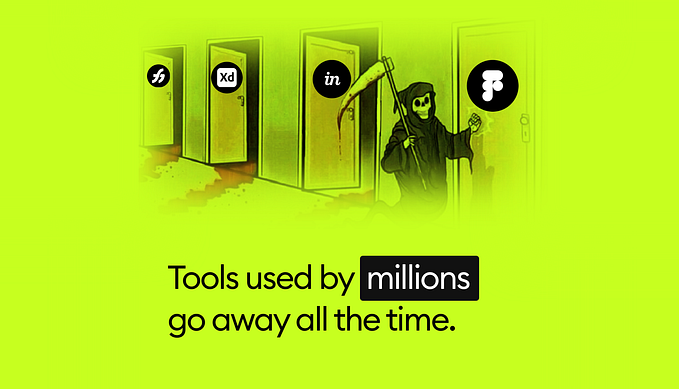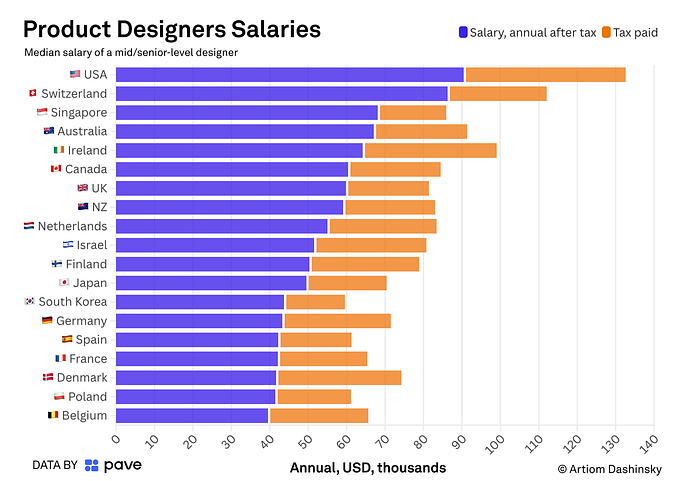Unicorn Designer Training Manual
Four principles to help you become a unicorn.

First things first, let’s define what a unicorn designer is. In recent years, the term has evolved from a person who can design and code to a supernatural being that can design, code, conduct user research, come up with business strategies, write UX copy, and [insert additional super powers here]. It’s a fast-paced world; hiring managers want designers who can do everything equally well. I’ve read articles arguing whether unicorns exist or not and blogs that teach hiring managers how to find one.

Instead of arguing for or against this mythical profession, this article is written by and for unicorn-to-bes out there in the field. I believe that as a designer, it certainly doesn’t hurt to strive to become a unicorn designer. So let’s dive right into the principles:
1. Pick a Strength (or Two)
“T-shaped skills” or “T-shaped person” has almost become a cliché in recent years. However, the vertical part in the “T” is often overlooked — knowing a little bit of everything is not a unicorn attribute. You have to have a strength — something that you are proud of and very good at. If you are just getting started as a designer, I would recommend reading Braden Kowitz’s article regarding how to effectively hire unicorns. He lists some key skill sets a designer can be equipped with. Although the list was generated for hiring managers to think about what the company needs from a designer, this is a good list to start with as you think about which strengths to build. I also like how Jenn Dodd put it in this article: “A great product designer can identify the areas they are strong in and, conversely, weak in.” Know your strengths and weaknesses so you know where you can have the biggest impact and where you can get support from others.
2. Bridge the Different Skills
After honing your strengths, it’s time to think about the horizontal part in T-shaped skills. As David Cole wrote in this Quora piece, the skills you acquire as a designer are not mutually exclusive. Understanding how code works doesn’t make you forget design, and learning how to do usability testing doesn’t diminish your development skills. In fact, it’s quite the opposite — being able to translate and bridge different skill sets adds exponential value to your existing expertise. For example, knowing the limitations of HTML and CSS helps you keep practicality in mind when designing, and being proficient in copy writing helps you think about the interaction in a more holistic perspective.
One thing to note, however, is that conflict of interests may arise when a unicorn is in charge of different roles for the same project. For instance, if a designer has to do the frontend as well as the backend, the design might be affected by the fact that he or she has to code it out, which might inherently influence the design process. Thus, unicorns need to know how to use those additional skill sets in the right way and avoid any biases.
3. Learn More than Coding and Design

Traditionally, a unicorn is a designer who codes. But that definition has blurred as the tech field has evolved because the skills that a designer has to learn kept growing every few years. Copy writing is one example. In John Maeda’s 2017 Design in Tech Report, he argues that “code is not the only unicorn skill.” He further stated that on top of coding, designers need to know verbal design and utilize words and content in the design.
Another much-needed but sometimes overlooked unicorn skill is business competency. This concept is certainly not new. Thomas John Watson Jr., the CEO of IBM in the 50s, believed that “Good design is good business.” Of course, the idea here is not to fully take over the PM’s job or to blindly execute the visions instructed by your business counterparts. Instead, the value here is to truly understand business intentions and be able to create alignment between the business and users.
Above are just two examples. Animation design, user research, analytics, project management — skill sets that were once considered “bonuses” have now become ”musts.” The list of required capabilities has been growing and surely will not end here. It certainly sounds scary, but the good news is that you don’t have to be equally proficient at every skill in your tool belt. The key to staying on top of the game is to have a growth mindset and keep learning.
4. Unicorns Collaborate Too

One thing that people don’t really mention when they talk about unicorns is the soft skills. No matter how much knowledge and skill a unicorn has, it’s not enough to solve the complex problems we face in today’s world. That being said, in most of the cases, you will be working with other people: designers (other unicorns), engineers, product owners, analysts, salespeople, and many other professions. It’s important to be able to receive and give feedback and have the necessary soft skills to work efficiently with others. Fortunately, with the understanding and expertise of different skill sets, unicorns should be able to develop deep empathy for the people they are working with.
In this article, I explored the mindset required to become a unicorn designer. It starts with growing your strengths and then connecting the dots to further multiply your skill sets. Be curious and stay hungry because the required knowledge is forever expanding for unicorns. Last but not least, work on the soft skills and become a better collaborator because soft skills are going to stay relevant forever (or at least until heartless robot take over our jobs). Hopefully, this article can spur some conversations in thinking about what it takes to be a good unicorn designer.
Thank you for reading! What do you think is a requirement for unicorn designers? Please drop a like and leave a comment!




